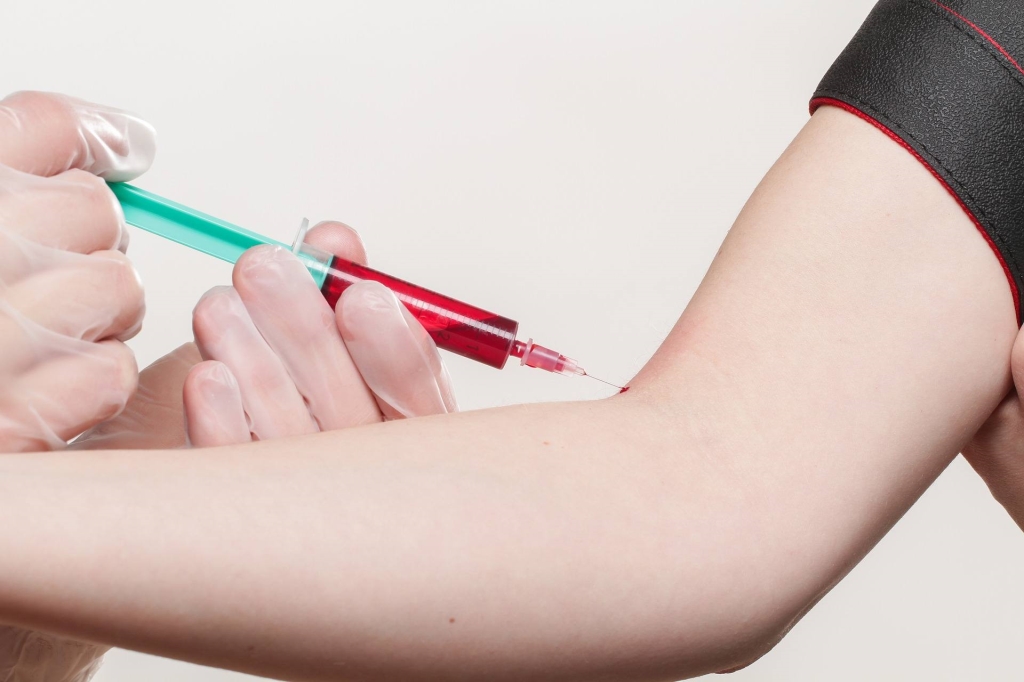Ultimate guide to Phlebotomy Tubes: Types, Uses, and Best Practices
Blood collection is a essential process in medical diagnostics, essential for accurate disease detection, monitoring treatment effectiveness, and conducting various laboratory tests. Central to this process are phlebotomy tubes, also known as blood collection tubes. Choosing the right type of tube, understanding its use, and following best practices are crucial for ensuring patient safety, reliable test results, and smooth laboratory workflows.
What Are Phlebotomy Tubes?
Phlebotomy tubes are specialized containers used by healthcare professionals for collecting, transporting, and storing blood samples. They are designed to preserve sample integrity and ensure safety during collection and transport. These tubes come in various sizes, materials, and with different additives, each tailored for specific laboratory tests.
Types of Phlebotomy Tubes
There is a wide variety of blood collection tubes, and understanding their differences is key to proper specimen collection. The main classifications include serum tubes,plasma tubes,and specialty tubes with additives. Let’s explore the most common types:
1. Serum Tubes (Clotted Blood)
serum tubes are used to collect blood for tests that require serum,such as blood chemistry,serology,and immunology tests. They typically do not contain anticoagulants, allowing the blood to clot naturally.
- Examples: RedTop tubes
- Use: blood chemistry,serology,immunology tests
2. Plasma Tubes
These tubes contain anticoagulants that prevent blood clotting so that plasma can be separated.They are ideal for tests requiring plasma analysis, such as coagulation studies and blood cultures.
- examples: Light Blue top tubes, PST (Plasma Separator Tube)
- Use: Coagulation testing, blood banking, plasma-based tests
3. Tubes with Additives
They contain different additives to preserve the integrity of specific components or to facilitate certain tests.
| Tube Type | Additive | Purpose |
|---|---|---|
| Lavender Top | K2EDTA or NaEDTA | Hematology tests, blood typing, ESR |
| Green Top | Sodium Heparin or Lithium Heparin | Stat electrolyte testing, plasma antioxidant tests |
| Gray Top | Potassium oxalate and sodium fluoride | Blood glucose, alcohol testing |
| yellow Top | Sterile, acid Citrate Dextrose (ACD) | Blood cultures, DNA analysis |
Common Uses for Phlebotomy Tubes
Utilizing the appropriate tube is critical for obtaining accurate laboratory results. Here’s a rundown of common uses based on tube type:
- Serum tubes for chemistry and immunology tests
- Plasma tubes for coagulation and blood bank tests
- EDTA tubes for hematology analysis
- Sodium fluoride tubes for glucose and alcohol testing
- yellow top tubes for blood cultures and genetic testing
Best Practices for Phlebotomy Blood Collection
Maintaining proper techniques ensures patient safety and sample quality. Here are some essential best practices:
- identify patients accurately to prevent sample mix-up.
- Use the correct tube for the intended test.
- Follow proper order of draw to avoid cross-contamination of additives.
- properly label tubes immediately after collection.
- Invert tubes gently after collection as per manufacturer instructions to mix anticoagulants.
- Ensure patient comfort during the procedure, and monitor for adverse reactions.
- Inspect samples for hemolysis, clotting, or contamination before transporting.
Order of Draw
The order of draw is essential to prevent additive carryover and ensure the accuracy of lab tests. A common order includes:
- Blood culture bottles or yellow top (sterile collection)
- Tubes with anticoagulants (light blue, green, lavender, gray)
- Serum tubes (red top)
Benefits and Practical Tips
Benefits of Using Correct Phlebotomy Tubes
- Reliable test results highlighted by sample integrity
- Reduced need for redraws, saving time and resources
- Enhanced patient safety and comfort
- Compliance with laboratory standards and regulations
Practical Tips for Phlebotomists
- Always verify the test requisition before selecting a tube.
- use proper needle sizes and techniques to minimize hemolysis.
- Capitalize on modern tube features, like barcode labels, for efficient tracking.
- Transport samples promptly and within specified conditions (temperature, time).
Case Studies: Real-World Applications
Case Study 1: Managing Hemolysis in Blood Samples
A hospital laboratory observed frequent hemolysis in samples collected for potassium testing. The phlebotomy team adopted proper needle sizes, minimized tourniquet time, and trained staff on gentle handling. Consequently, hemolysis rates decreased by 30%, improving test accuracy.
Case Study 2: Implementing proper Order of Draw Procedures
In a busy outpatient clinic,incorrect order of draw caused cross-contamination of anticoagulants,affecting coagulation test results. Retraining staff on the proper sequence of collection substantially enhanced test reliability and reduced sample rejections.
First-Hand Experience: Insights from Phlebotomists
Manny experienced phlebotomists emphasize the importance of attention to detail and patient interaction. Choosing the right tube, understanding test requirements, and maintaining sterile technique are fundamental skills that ensure high-quality diagnostics.
Conclusion
Understanding the different types of phlebotomy tubes, their specific uses, and adhering to best practices are vital components of effective blood collection. Correct tube selection, proper handling, and following the order of draw not only improve laboratory accuracy but also enhance patient safety and comfort. by staying informed about the latest tube technologies and standards, healthcare professionals can contribute significantly to reliable diagnostics and optimal patient outcomes.
Whether you’re new to phlebotomy or an experienced professional, mastering the nuances of blood collection tubes is essential. Use this guide as a comprehensive resource to enhance your skills, ensure sample integrity, and deliver excellent patient care.
